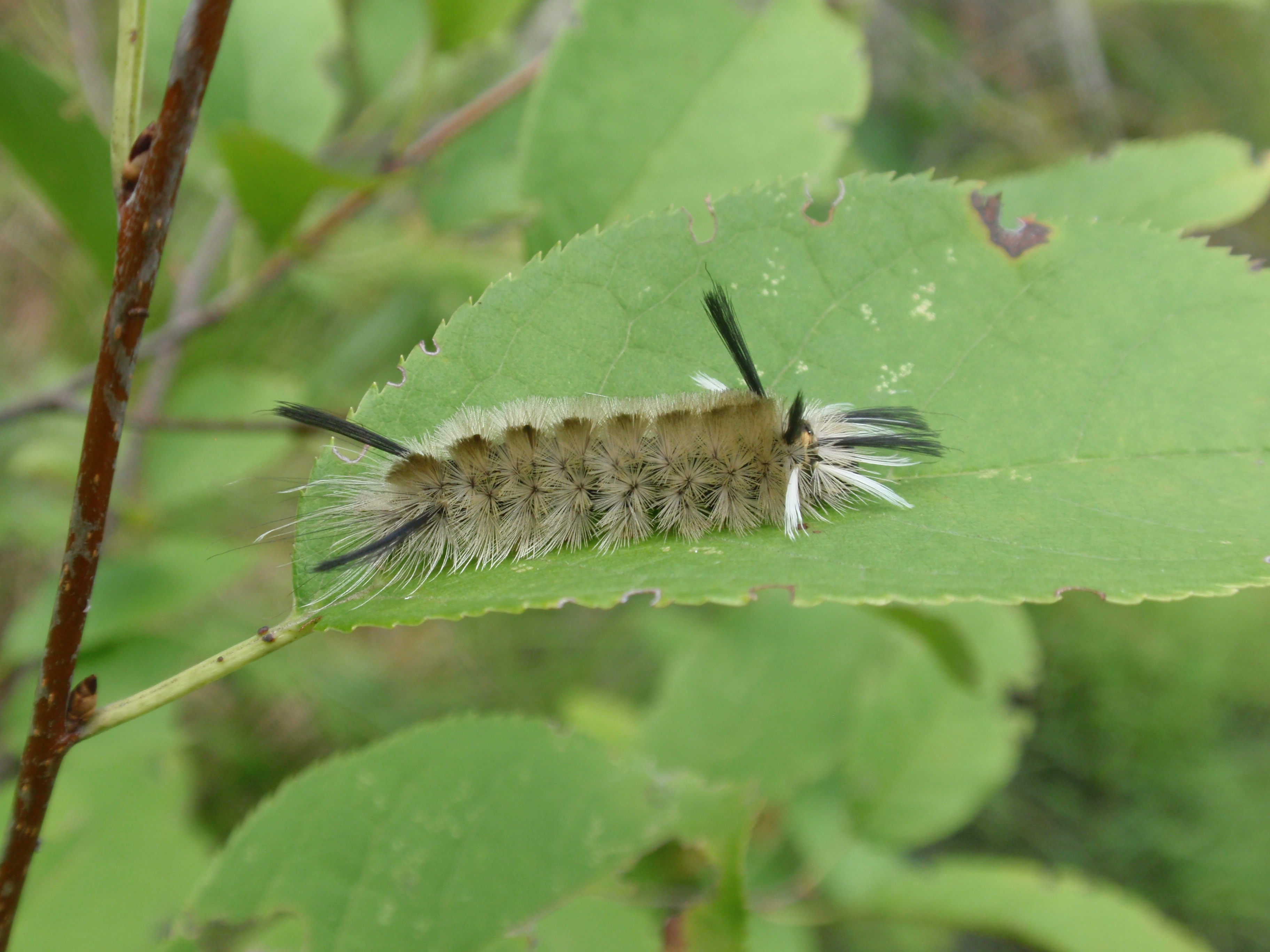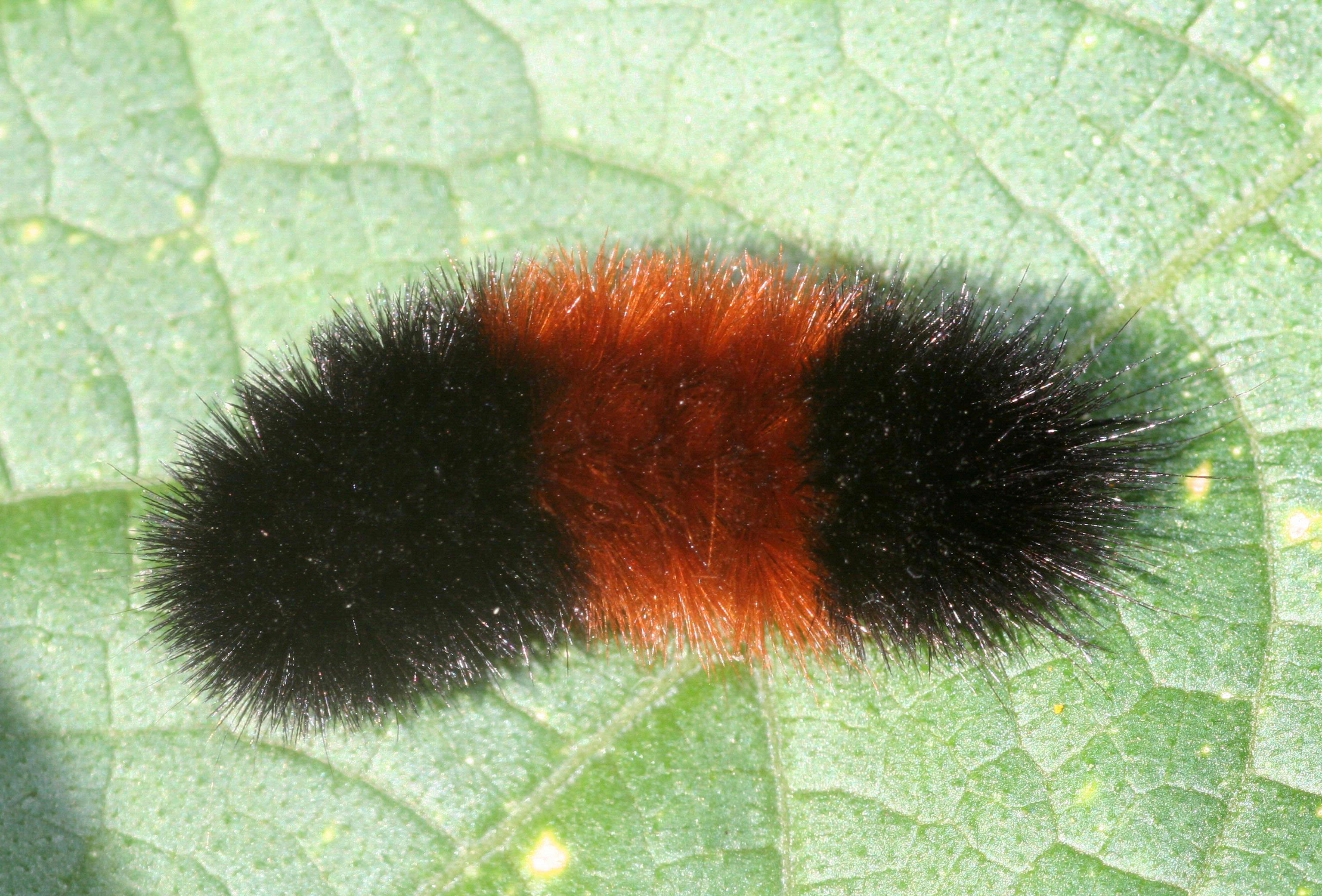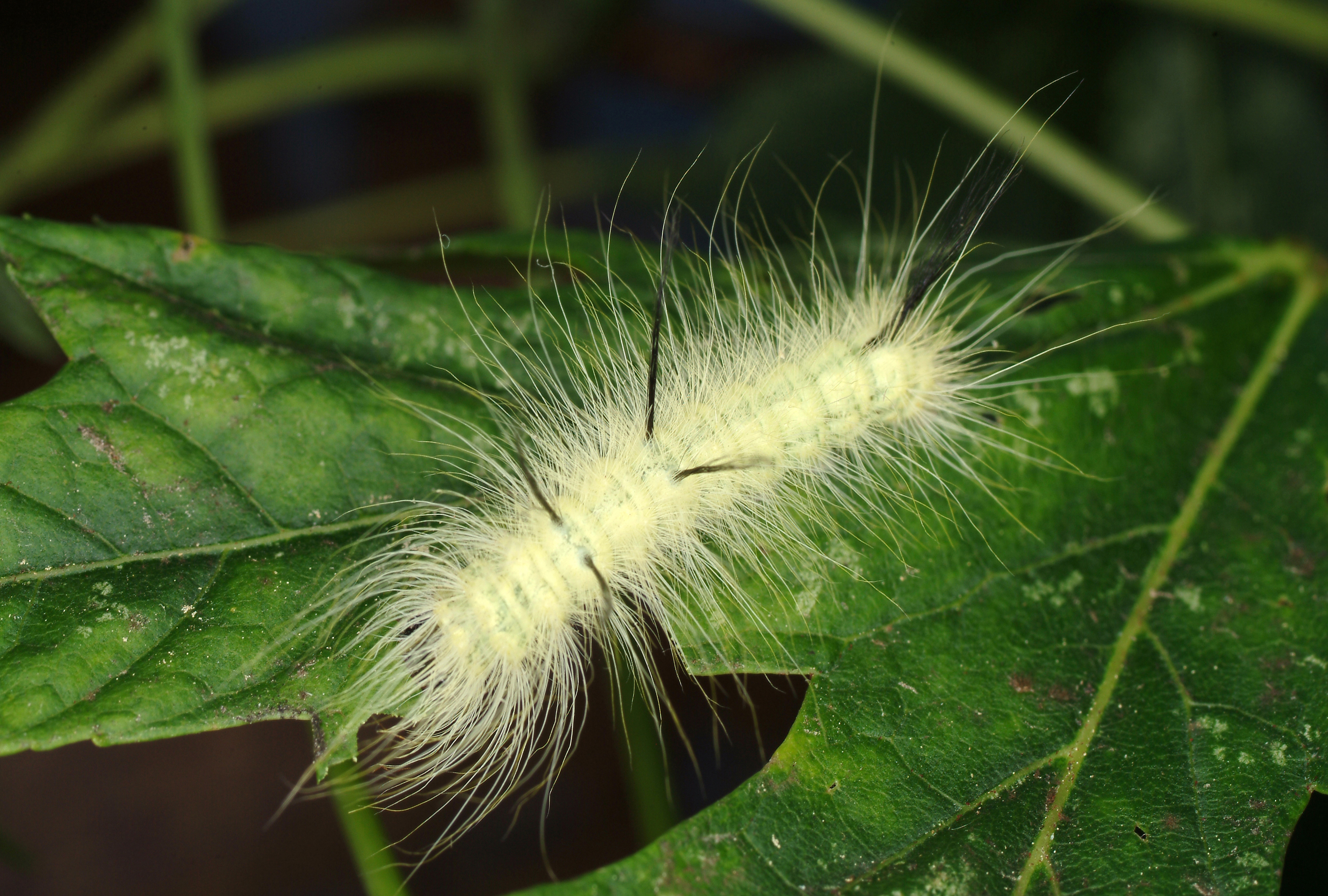Fuzzy fall visitors: Caterpillars that attract attention and could cause needless concern
A few hairy caterpillars appear in the fall but don’t cause much damage at this time in the season.

Hairy or fuzzy caterpillars are a curious sight that elicit questions to Michigan State University Extension educators. Most commonly are “What is this?” and “Can I touch it?” From a distance, these caterpillars appear inviting with variable coloration and tufts of hair protruding from their exoskeleton. Some have stories told about them that are best termed fanciful or imaginative. For any unknown insect, it is always best to avoid making contact unless you are familiar with the species and potential risks for stings or irritation.
Identifying fuzzy caterpillars in the fall is challenging, even for trained entomologists. Most of these caterpillars come in a range of colors from bright yellow to bright white even within the same species. Some sources might tell you to use the location and number of the longer tufts of white or black hairs to identify these caterpillars. Unfortunately, those hairs are often missing because they break off naturally as part of the caterpillar’s defense mechanism.
To properly identify these caterpillars requires a prepared specimen with a microscope. This article will describe a few common hairy caterpillars that are found in the fall and discuss what to do if you see one.
Hickory tussock moth
This white caterpillar is the juvenile stage of the hickory tussock moth (Lophocampa caryae). The furry larva has a line of black down its back (Photo 1). Sometimes, the black line looks more like individual tufts than a line. There are also four small areas on the body where there is a very thin cluster of black hairs that are longer than the rest of the fuzz. These are called “pencils” and are found with one on each “corner” of the body, sort of like a black spot at each corner of a rectangle.
There is one generation a year in Michigan. The adult female moth lays her eggs in May or June on a variety of trees, such as walnut, ash, elm and oak, besides the hickory from which they get their name. The larvae feed in groups on leaves for several weeks on host trees including hickory, walnuts or American hornbeam. It is not unexpected to find groups exiting the trees when they have grown to their maximum size.
Banded tussock moth
Another late summer to early fall arriving caterpillar, the banded tussock (Halysidota tessellaris), is another hairy caterpillar. The larvae exhibit variable color patterns, though mostly yellow or white hairy bodies are the most common forms (Photo 2). It can be told from similar species by the paired tufts of black and white bristles on the front and back and a tan to orange horizontal line at its head.
They feed on the leaves of multiple deciduous trees and shrubs in Michigan and are typically found on the upper surfaces of leaves. This species has one generation in Michigan with mature caterpillars being found as early as July in the southern reaches of the state.

Woolly worm or woolly bear
The woolly worm or woolly bear (Pyrrharctia isabella) is the caterpillar that people look to for a prediction about the coming winter (Photo 3). The story goes that the narrower the rust brown stripe in the center of the body is, the harsher the winter will be. Sadly, the truth is much less captivating. The amount or lack of brown is a regular feature of genetic diversity. Larvae are born black, and the central brown stripe can widen to a variable degree as the woolly bear develops into later stages of its life.
This well-known fuzzy caterpillar has two generations annually, but it is the fall one that is most noticeable, as they eagerly search for a protected location to spend winter. About 2 inches in length, it often spends the winter under leaves or other plant debris and freezes solid. In the spring, this insect thaws and life resumes. Little woolly worms have a diverse diet in the late summer and fall, consisting of grasses and a few flowers like asters, clover and sunflowers. They might also take a nibble of maple or birch leaves, but there is such little damage it is inconsequential.

American dagger moth
This white or yellow caterpillar has five distinct tufts of long black hairs protruding from its body and attracts attention every fall (Photo 4). American dagger moth caterpillars (Acronicta americana) tend to rest on the underside of leaves with their head curled over to one side. This behavior can help differentiate them from the banded tussock moth caterpillar, which prefers to rest on the upper leaf surface.
Feeding on a variety of hardwood tree species, this caterpillar is most commonly found in forests or backyards between August and October. They rarely cause economic damage to plants.

Contact with hairy caterpillars
Some hairy caterpillars have what is known as urticating hairs, which describes the barbed features that makes them more likely to penetrate skin. When the hairs break off the caterpillars, they can puncture skin and cause injury or a localized irritation. A few people experience severe allergic reactions after contacting them. Degree of severity of the rash depends on the caterpillar species and the individual human’s physiology, and it is rarely a cause for concern.
Again, each of these caterpillars is native to Michigan, and the irritation caused by contact with hairs is a natural defense mechanism against predators. If you must relocate one, put on a pair of gloves first.
The best strategy is to leave these caterpillars alone
Seeing fall caterpillars and any associated plant damage rarely warrants control. Any late season feeding is on plants that are already preparing to shut down for winter. There is not a great deal of damage that can be done at this point, and the larvae do not feed on buds for next year. It is hard to predict how many hairy caterpillars will arrive, as their adult life stages all appear as dull gray to brown moths. Smart gardeners just consider these caterpillars fall color commentators to add insect interest at the end of the growing season.



 Print
Print Email
Email